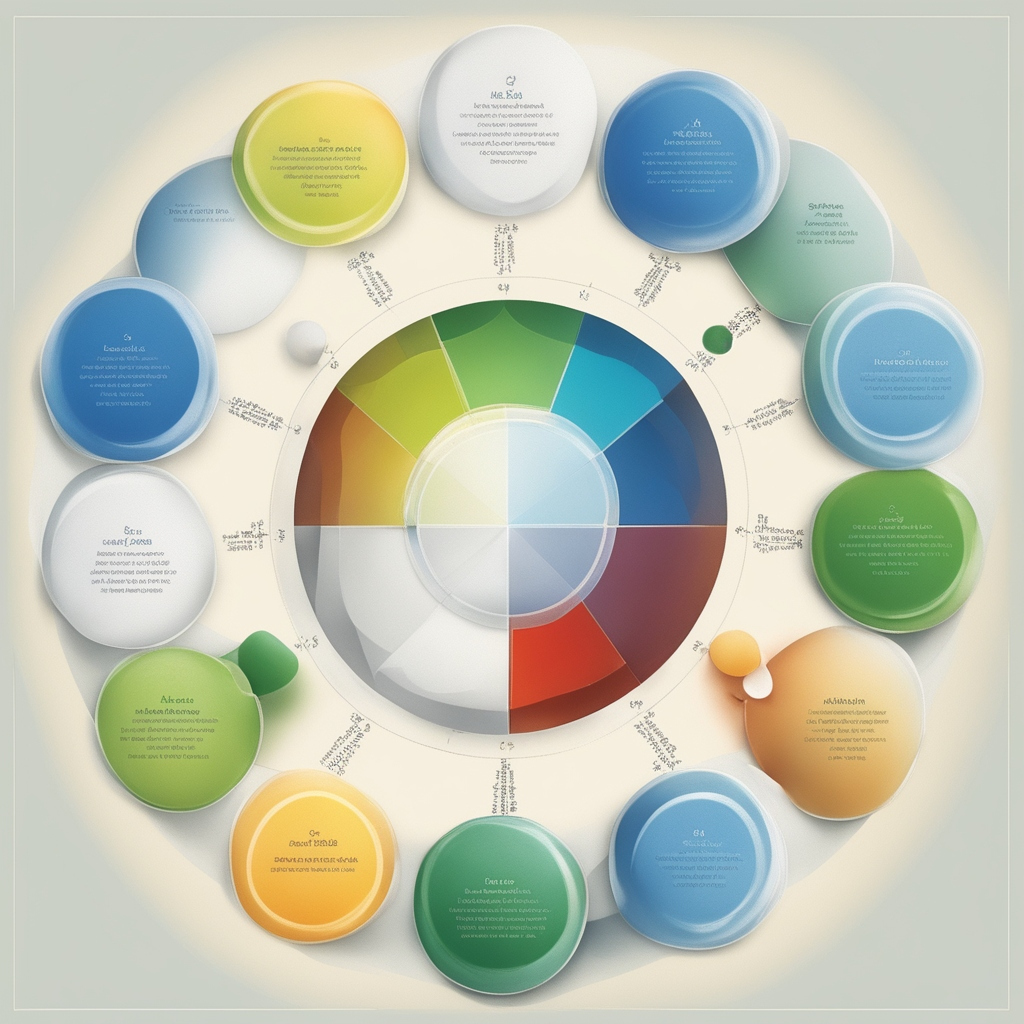Aesthetic learning is a unique approach to education that emphasizes the role of beauty, creativity, and sensory experiences in the learning process. This article explores the concept of aesthetic learning, its characteristics, and its applications in various educational settings.
I. Understanding Aesthetic Learning
Aesthetic learning is based on the idea that individuals can gain knowledge and understanding through experiences that engage their senses and emotions. Aesthetic learners possess a deep appreciation for beauty and creativity in their learning experiences[1]. This approach recognizes that learning is not just a cognitive process but also an emotional and sensory one.
II. Characteristics of Aesthetic Learners
Aesthetic learners typically exhibit the following traits:
– Strong visual and spatial skills
– Appreciation for art, design, and beauty
– Preference for creative and imaginative learning activities
– Ability to recognize patterns and connections
– Sensitivity to their environment and surroundings

III. Aesthetic Learning in Education
Incorporating aesthetic learning in educational settings can enhance student engagement and foster creativity. Some strategies for accommodating aesthetic learners include:
– Incorporating multimedia resources in lessons
– Promoting hands-on, interactive learning experiences
– Using visual aids and graphic organizers
– Encouraging creative expression through art, music, or drama
– Designing visually appealing learning spaces
IV. The Role of Technology
Technology plays a crucial role in facilitating aesthetic learning experiences. Online learning platforms and digital tools can enhance aesthetic learning through:
– Multimedia integration
– Virtual labs and simulations
– Interactive design features
– Customizable course layouts[1]
V. Aesthetic Learning Processes
Research has shown that aesthetic learning processes involve more than just visual appreciation. A study exploring student teachers’ aesthetic learning processes in arts-based teaching revealed that these experiences encompass various sensory and emotional aspects[2].
VI. Theoretical Framework
John Dewey’s work “Art as Experience” provides a theoretical foundation for understanding aesthetic learning. Dewey emphasized the importance of engaged learning experiences and their connection to aesthetics[3]. Building on this framework, researchers have identified six themes that can help students attain engaged learning experiences:
1. Connections
2. Active engagement
3. Sensory experience
4. Perceptivity
5. Risk-taking
6. Imagination[3]
VII. Benefits of Aesthetic Learning
Incorporating aesthetic learning experiences can lead to several positive outcomes:
– Increased student satisfaction
– Enhanced perceptual knowledge
– Improved episodic memory retention
– Better meaning-making skills
– Fostered creativity and innovation[3]
VIII. Aesthetic Learning Beyond the Classroom
The principles of aesthetic learning extend beyond traditional educational settings. They can be applied in various fields, including:
– Art and design
– Marketing and advertising
– Architecture and urban planning
– Product development
– User experience design
IX. Challenges and Misconceptions
Despite its benefits, aesthetic learning faces some challenges and misconceptions. Educators may need to overcome obstacles such as limited resources, lack of training, or misconceptions about the value of aesthetic approaches in education[1].
X. Conclusion
Aesthetic learning offers a powerful approach to education that engages students’ senses, emotions, and creativity. By incorporating aesthetic principles into teaching practices, educators can create more engaging, memorable, and effective learning experiences. As our understanding of aesthetic learning continues to grow, it has the potential to transform education and foster a new generation of creative, perceptive learners.
Citations:
[1] https://appsembler.com/glossary/aesthetic-learner/
[2] https://www.tandfonline.com/doi/full/10.1080/10476210.2023.2278802
[3] https://findresearcher.sdu.dk/ws/portalfiles/portal/178686495/towars.pdf
[4] https://www.pedocs.de/volltexte/2019/17814/pdf/RELA_2019_2_Wildemeersch_Editorial_Adult_Education.pdf
[5] http://su.diva-portal.org/smash/record.jsf?pid=diva2%3A551851









